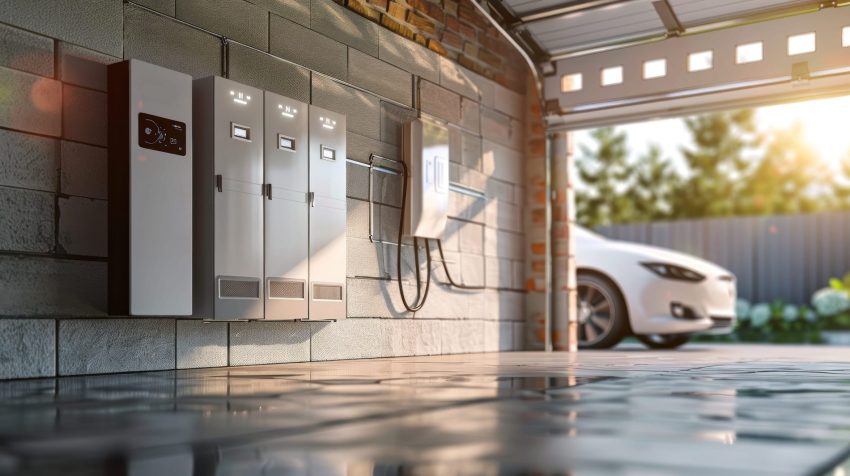Traditional fire extinguishers fall short in combating lithium battery fires
In South Africa, where frequent load-shedding is a common challenge, homeowners increasingly turn to lithium batteries to power inverters, ensuring continuity during power outages.
However, the use of these batteries introduces unique fire safety concerns, as traditional extinguishers are inadequate in combating lithium battery fires.
These fires, characterised by intense heat and the emission of toxic gases, do not respond to standard fire suppression methods. Tailored strategies are needed to enhance fire safety in the context of lithium battery usage for home inverters in South Africa.
Traditional fire extinguishers fall short in combating lithium battery fires due to several key factors:
- Ineffectiveness: Conventional extinguishers such as CO2, water, and powder are unable to adequately cool the battery or smother the flames. This is because lithium batteries self-oxidise, generating their own oxygen, and burn at exceptionally high temperatures, rendering standard extinguishers ineffective in containing the blaze.
- Relentless Nature: Lithium battery fires have a tendency to persist for extended periods, potentially engulfing entire buildings where the inverter is housed. Even when contained within separate structures, the intense heat produced by a lithium fire can inflict substantial damage on adjacent buildings. Moreover, there’s a risk of re-ignition even after initial suppression efforts.
- Increased Risks with Larger Batteries: While smaller lithium batteries found in devices like phones and laptops pose fire hazards, the batteries used in inverters for power generation carry significantly more energy, thereby escalating the fire risk. The substantial heat generated by these larger batteries heightens the potential to ignite nearby combustible materials.
- Emission of Toxic and Flammable Gases: Lithium batteries emit toxic and flammable gases during combustion, further complicating firefighting efforts. These gases not only pose a health hazard but also increase the risk of explosion. Close proximity to the fire without proper protective gear is extremely perilous, even with suitable precautions in place.
The solution to the lithium battery fire hazard risk
Conducting a thorough risk assessment tailored to the unique layout and construction of your home can help to identify potential fire hazards associated with lithium battery usage, and help to develop effective mitigation strategies.
Given the challenges listed above, the most prudent approach is to relocate these systems to separate, dedicated structures such as outbuildings or garages. Alternatively, installing them behind fire-rated walls and doors (with a minimum 2-hour rating) can help contain the spread of fire within the building.
It’s essential that the installation and testing of these systems be conducted by reputable and legally qualified professionals in compliance with manufacturer specifications and legislative regulations.
Ensuring that no combustible materials are stored within a 2-meter radius of the installation site is also crucial to mitigating fire risks effectively.
Homeowners should develop a comprehensive emergency response plan that include procedures for evacuating the property and contacting emergency services in the event of a fire.
Body corporate trustees should provide resources and training materials to homeowners on lithium battery safety, including proper storage, maintenance, and handling practices. This can empower them to take proactive measures to minimise fire risks.
When managing a property as a landlord or a trustee, it is crucial to get safety protocols right. A good property manager like Wakefields Property Management can assist you with great advice and with overseeing the follow-through of routine safety checks. Contact Wakefields Property Management today to learn how they can help you to manage your property.
READ MORE

































